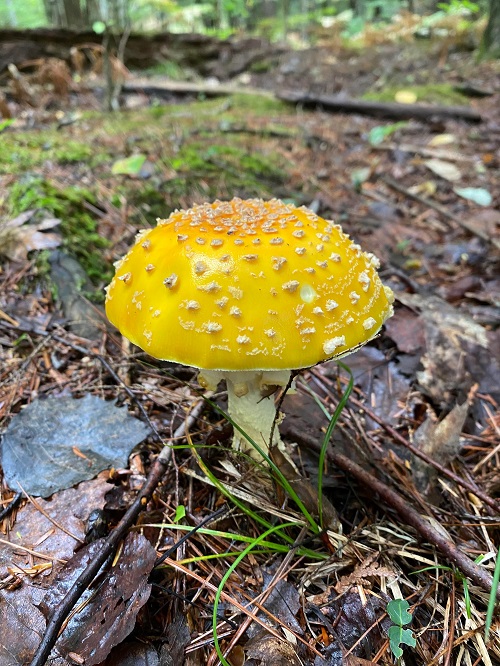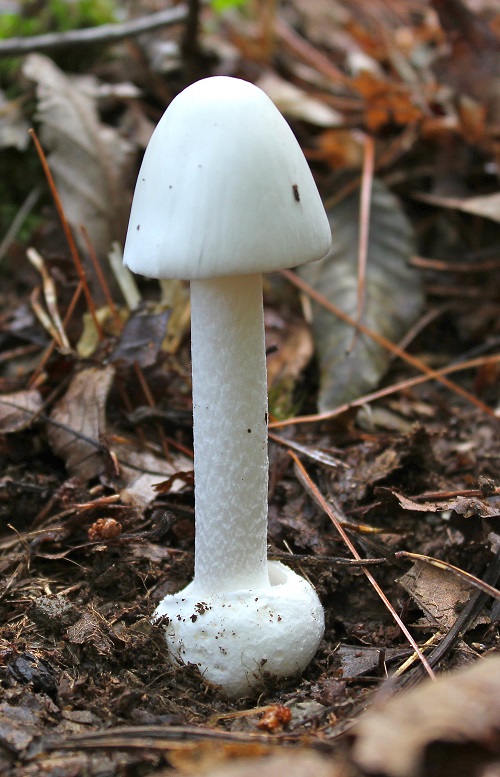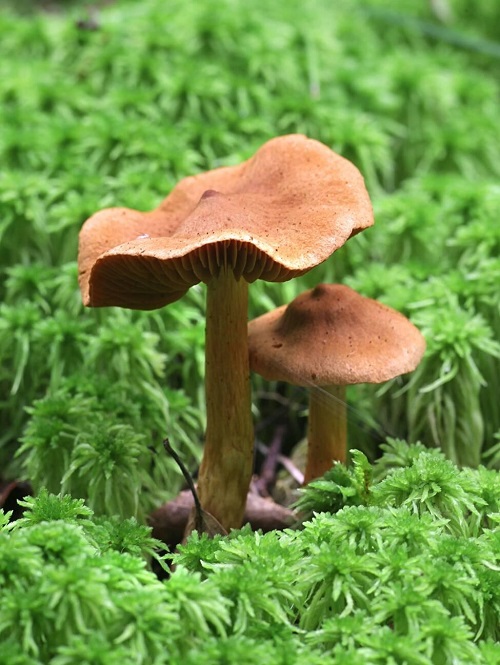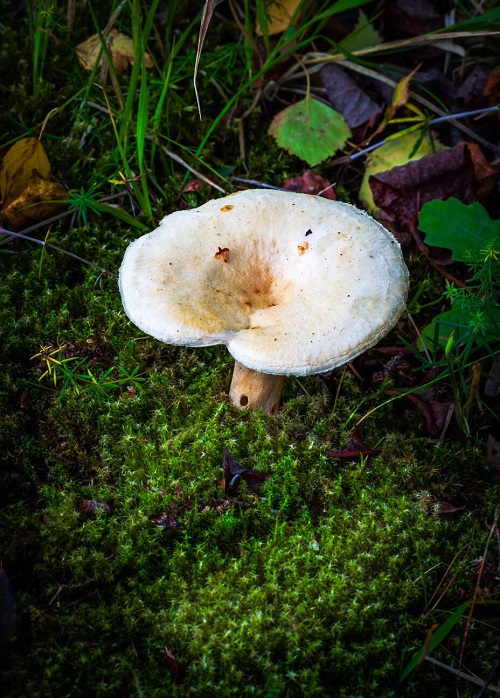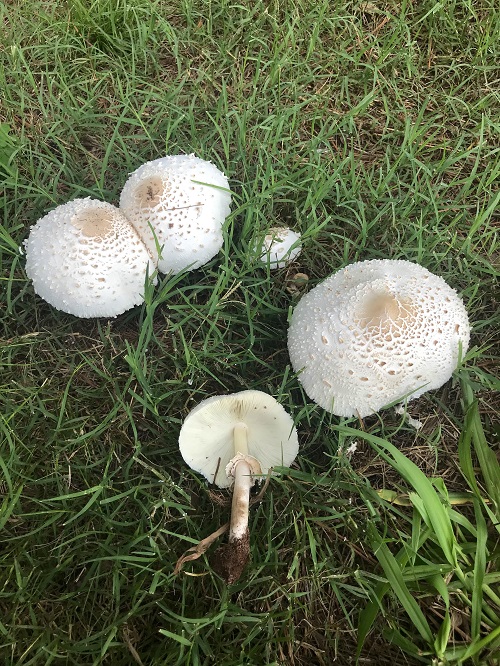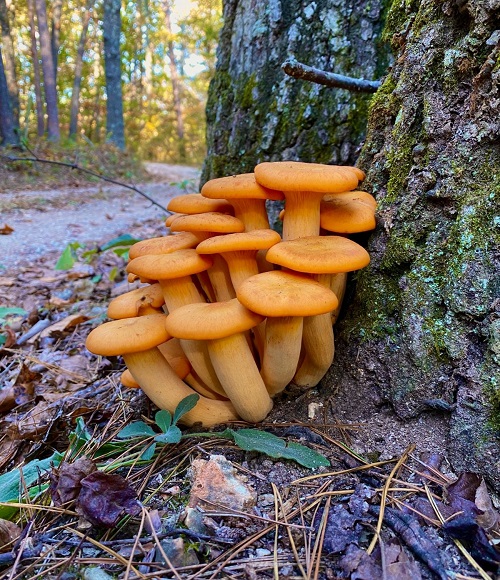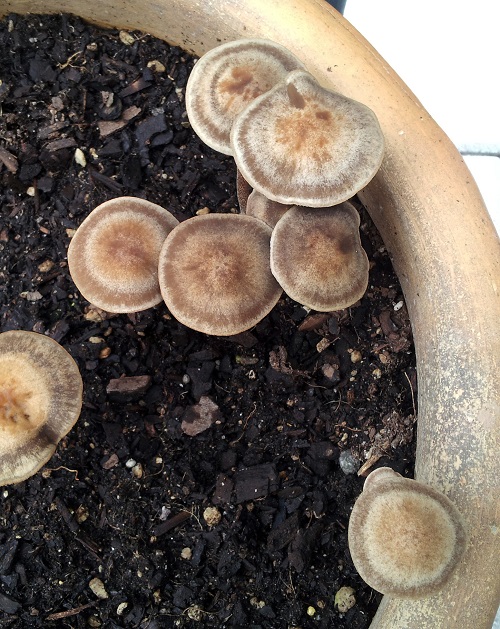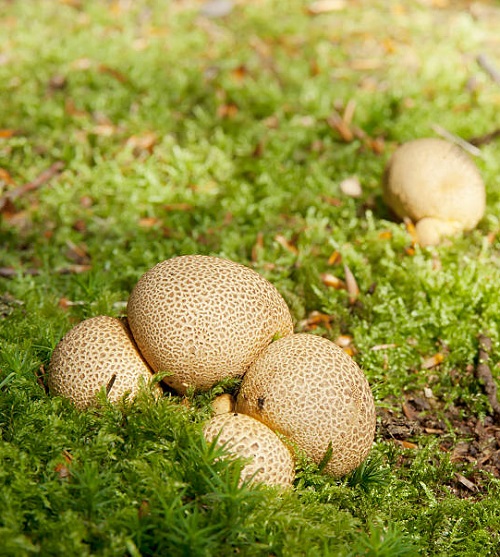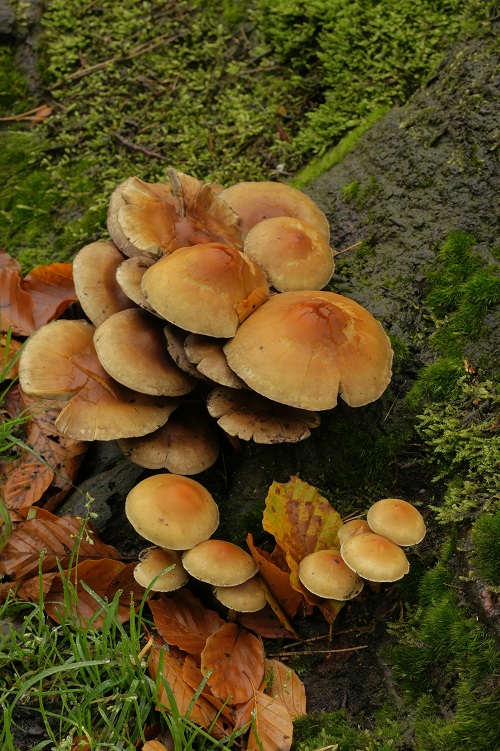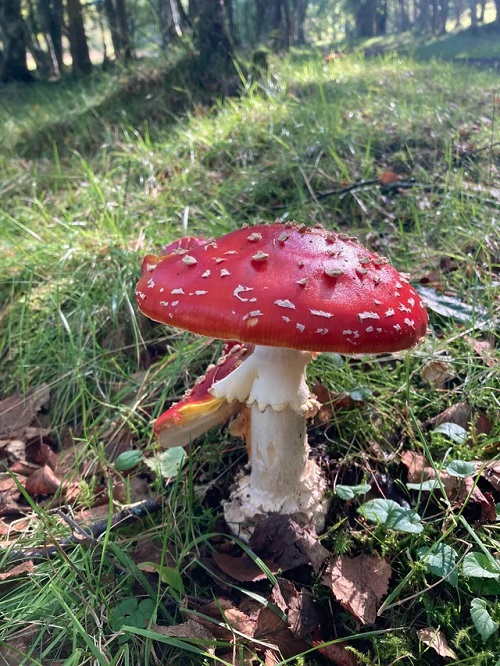Protect your loved ones and pets from Poisonous Mushrooms in Alabama with this short yet informative guide!
Alabama is home to numerous mushroom species, and not all of them are edible; some are deadly, too. Read on to learn more about these poisonous mushrooms that are common in Alabama.
Poisonous Mushrooms in Alabama
1. Yellow Patches
Botanical Name – Amanita flavoconia
Commonly found in the Midwest and eastern North America, this mushroom is highly poisonous to humans. It has a 2-4″ long and 1/4-5/8″ thick stipe and a warty yellowish orange cap.
2. Destroying Angel
Botanical Name – Amanita bisporigera
Don’t be fooled by the pure white hue of this deadly mushroom. It might look edible, but it can cause severe health issues after 6-24 hours of consumption.
3. Deadly Webcap
Botanical Name – Cortinarius rubellus
Next on the list of poisonous mushrooms in Alabama is the deadly cap. This mushroom contains harmful orellanine mycotoxin that attacks the kidneys and liver.
4. Deadly Galerina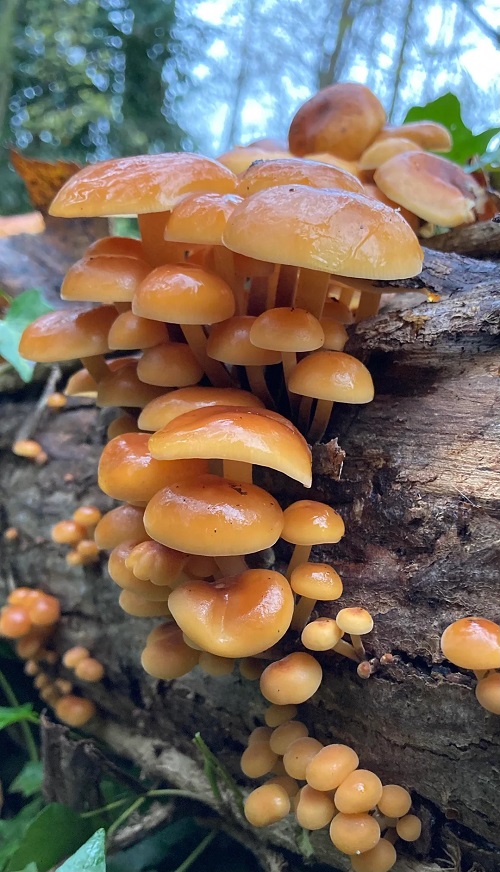
Botanical Name – Galerina marginata
Deadly galerina is a poisonous mushroom of the Hymenogastraceae family. This fungus has a tiny, dark brown to brownish-yellow sticky cap on a 2.5-10 cm long stipe.
5. Fool’s Funnel
Botanical Name – Clitocybe rivulosa
This umbrella-shaped mushroom is quite toxic due to its muscarine toxin. It was first introduced by Christiaan Hendrik Persoon in the year 1801.
6. Green-Spored Parasol
Botanical Name – Chlorophyllum molybdites
Green-spored parasol is the most common cause of mushroom poisoning in the United States. This breast-shaped mushroom is often mistaken for other edible species, such as true parasol mushrooms.
7. Jack-O’-Lantern Mushroom
Botanical Name – Omphalotus illudens
Jack-O’-Lantern mushrooms are easily noticeable from a distance due to their bright orange fruiting bodies. They appear in clusters near trees and stumps from July through November.
8. Lawnmower’s Mushroom
Botanical Name – Panaeolus foenisecii
This North American mushroom is not highly toxic but can cause gastrointestinal upset, hallucinations, and disorientation. It’s common in lawns and forests.
9. Common Earthball
Botanical Name – Scleroderma citrinum
The common earthball mushroom looks identical to a bun or egg, but it’s highly poisonous. This fungus can cause gastrointestinal distress, rhinitis, unconsciousness, and lacrimation upon spore inhalation.
10. Sulphur Tuft
Botanical Name – Hypholoma fasciculare
Widely distributed in North America, this mushroom grows on decaying stumps and logs of conifers or hardwoods. Consuming this poisonous fungus can cause gastric distress.
11. Fly Agaric
Botanical Name – Amanita muscaria
This iconic toadstool can cause hallucinations, drowsiness, nausea, stomach pain, diarrhea, muscle spasms, and agitation. It creates fairy rings in mixed hardwood pine forests.

